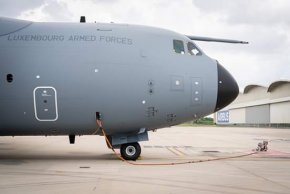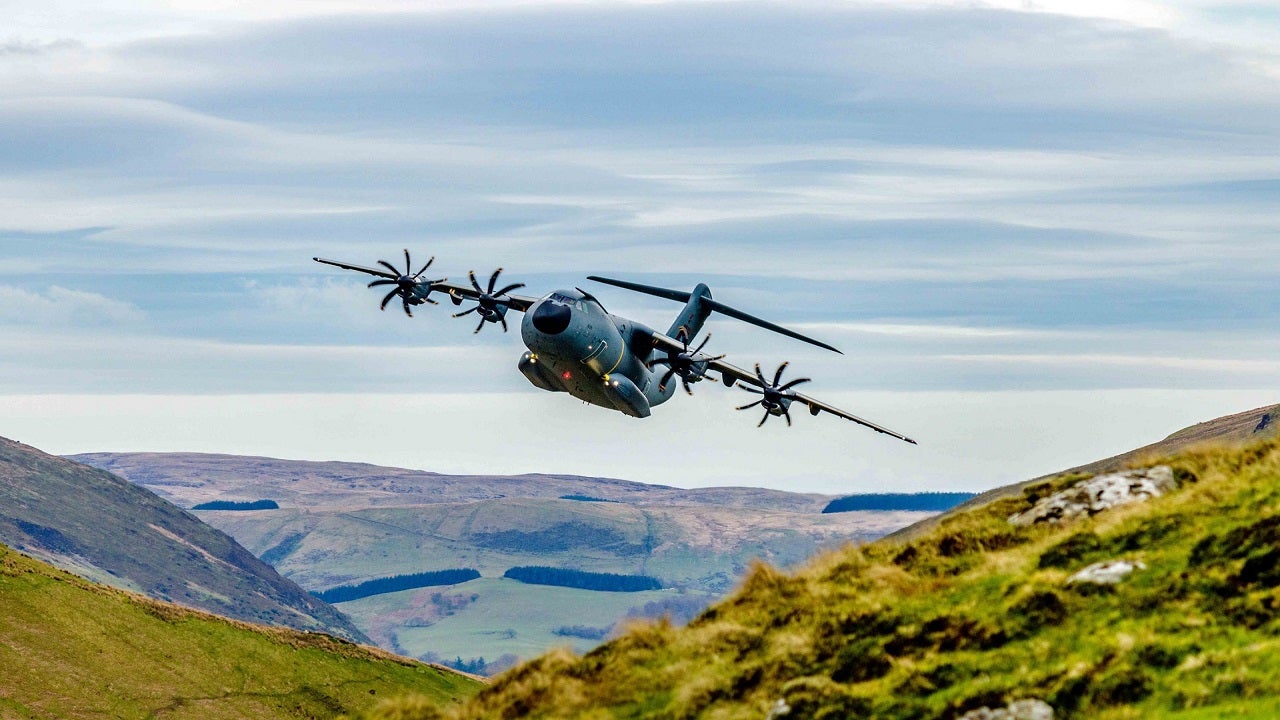I am still a big fan of the A400m due to its unique features. But I note that the A400M is being produced at the reduced rate of eight per annum (down from a high of 19 achieved in 2017), it should take a further 12 years for it to complete the remaining aircraft, extending work into the early 2030s.
Thanks for the A400M update. Not sure if this is related to the European Aviation Safety Agency certification for a "Pack 2" series of modifications to the TP400-D6 engine's Avio Aero-supplied permanent propeller gearbox.
I continue to scratch my head over the inability of Europrop International GmbH (a JV of four main European aircraft engine manufacturers), to get its act together. In UK Parliament in July, Mark Francois, a former Defence Minister, said: “We have paid £2.6 billion for an aircraft with appalling reliability, bad engines, a virtually broken gearbox, problem propellers, massive vibration problems...”
This hurts the export potential for the A400M in the early 2020s. If the engine and propeller gearbox problems continue, Airbus will not get new A400M users like the Koreans. Korean acceptance of the proposed Spain deal with breathe life for its export.


